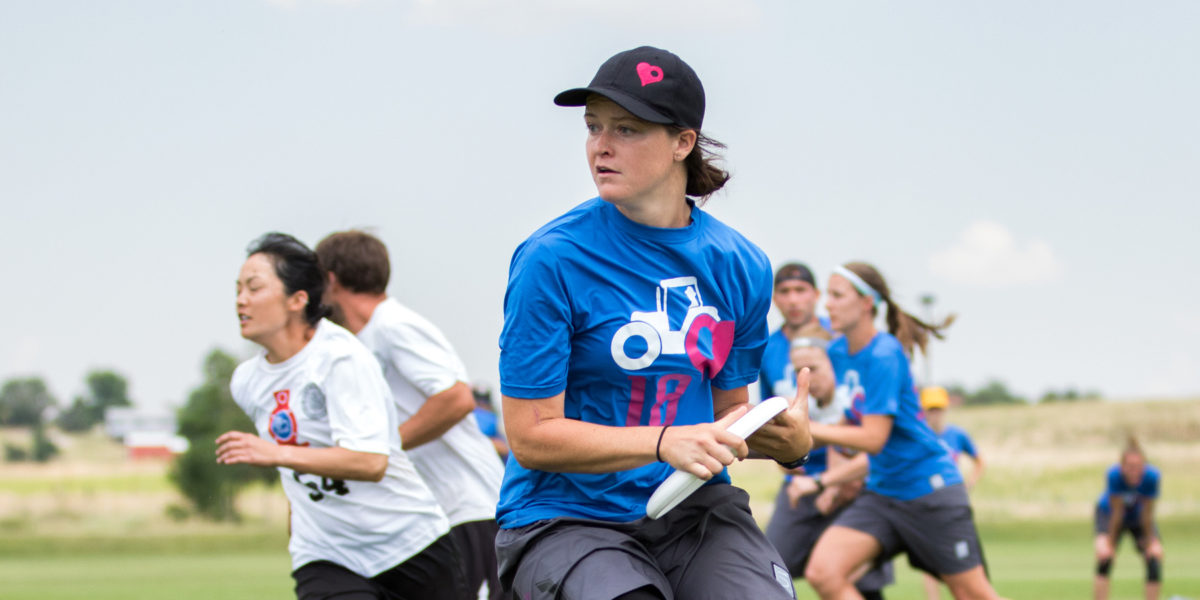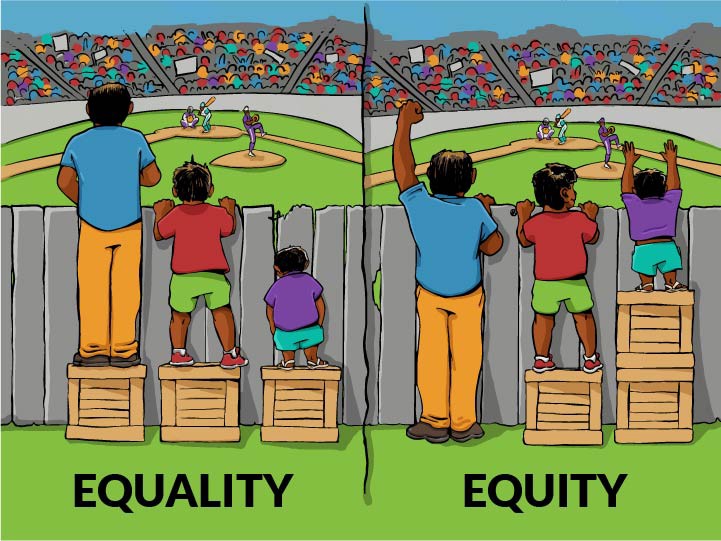 UltiPhotos.com" />
Ken Forman - UltiPhotos.com
UltiPhotos.com" />
Ken Forman - UltiPhotos.com
We’re happy to announce that USAU has responded to our initial Gender Equity Belief Statement letter and we are in discussion with them. Almost 2000 people also signed our petition to show their support, and the comments section further inspired and affirmed that we are advocating for something that’s meaningful to our community.
That said, we think it’s important to continue spreading awareness and understanding of our movement. A day after we published our Belief Statement, Andy Lovseth (Seattle Riot Co-Coach) wrote the inspiring piece below (originally posted here) and we love how it looks at our mission through a different lens. He’s agreed to have it re-posted here on Skyd. Enjoy!
This guide provides a summary of the discussion of gender equity in ultimate, and can serve as a companion piece to the “Gender Equity Belief Statement” published in Skyd Magazine on September 9, 2016.
For whom this is intended?
Primarily: male youth and college players, as well as adult males who play league, club, and semi-professional ultimate.
So, what is gender equity anyway?
In a word: fairness. Striving for gender equity means working towards equal access of opportunity for men and women, boys and girls.
And what’s the difference between equity and equality?
Equality aims to provide the same opportunity to each person. Equity aims to provide a fair opportunity to each person. Equality can be fair if each person starts from the same place. Equity can be fair when it acknowledges (amongst many other things) the cultural, social, economic, historical, and geographic differences between people that create barriers for opportunity.
The picture below attempts to illustrate the differences of these concepts.

Original concept by Craig Froehle. Illustration by Angus Maguire.
Why are we talking about this in ultimate?
Three reasons come straight to mind:
1. The birth of semi-professional ultimate
In the past five years two semi-professional leagues have sprouted up: theAmerican Ultimate Disc League (2012-present) and Major League Ultimate(2013-present).
Both leagues subsidize and pay male athletes to travel and compete across the country, and have their games streamed and broadcast.
These opportunities are not afforded to female athletes.
2. ESPN’s partnership with USA Ultimate
In 2013 USA Ultimate began showcasing tournaments on the ESPN3 platform. The semifinals and finals from the College Championship, the US Open, and the Club Championship have been streamed on ESPN3.
For most of the history of this partnership, ESPN3 has aired two men’s semifinals, one women’s semifinal, and one mixed semifinals. And for the most part, the men’s semifinals and finals have aired during primetime viewing hours.
The difference in amount and type of coverage the men’s division receives perpetuates the notion of male-dominance in sports.
3. A gender gap in participation
Female athletes only make up 30% of USA Ultimate’s membership.
So? Men are better athletes, play better ultimate, and participate in sports more. And people want to watch men more than women!
Whoa, whoa, whoa. Slow your roll, ‘lil fella.
There’s a lot to unpack there.
Men are better athletes
Like the Dude said, “Yeah, well, that’s just like your opinion, man.”
Men play better ultimate
Do I need to quote the Dude again?
Men participate in sports more
You are correct about this. But is this a fact of nature we accept without inquiry? As a society we’ve normalized men playing sports — most young boy’s heroes are sports stars. They dream of being them. I wanted to be Ken Griffey Jr. We have not created a culture that inspires women to play sports to the same degree as men. Not even close.
People want to watch men more than women
Perhaps. But that’s based on what evidence besides your own intuition? It might be more accurate to speculate that “men want to watch men more than women.” Our society has not only fostered the idea of men dominating sports, but also participates in a culture of denigrating women in sports. Wake up, this kind of shit is not okay anymore.
But a thousand times out of a thousand a men’s team will beat a women’s team on the field.
“Good point,” said no one ever.
Our community needs male allies that believe in the inherent value of female athletes. These lines of thought belittle every girl and woman who steps onto the field.
But if we want to showcase and grow our sport we need to have the best on ESPN?
Can we imagine a definition of “best” that doesn’t place men above women?
Can we imagine a definition of “best” that isn’t simply constructed by the values of men watching men’s sports.
Can we imagine a definition of “best” that is inclusive?
If so, then of course we can and will have the best on ESPN.
But if we want these streaming and TV deals to work, we need to make sure they’re profitable ventures.
No one is making money on this. And no one is trying to. Not yet at least.
The only folks making money on streaming deals are the companies USA Ultimate contracts to produce the broadcasts.
There’s probably a small amount of ad revenue split between the production companies and USA Ultimate — but it is likely a pittance.
USA Ultimate is hoping there will be a tipping point where these championships that are streamed on the internet will eventually get broadcast on basic cable.
But until we have new and different information — that tipping point is still a ways off.
So why does it matter then if we show more men than women on ESPN?
1. You can’t be what you can’t see.
As men we take for granted that we see men in ultimate performing at the highest levels, and intrinsically know that if we wanted it enough, worked hard, and were gifted athletically, every opportunity would be afforded to us to reach the highest echelons of the sport.
Women in ultimate fight an uphill battle everyday to receive the same visibility and privileges as men, and are denied both at times simply because of their gender.
2. We need to go above and beyond to address the inequity of participation and visibility of women in ultimate.
More than basketball or soccer or tennis, ultimate has the chance to be a truly equitable sport in the future.
We must proactively promote women in ultimate to grow awareness and participation in the sport for young girls and new female players.
Okay, okay, okay. So what is the Gender Equity Action Group asking for?
The statement published in Skyd Magazine details requests for:
- Updated language in the USA Ultimate Gender Equity Policy explicitly requiring outside partners (such as video production companies and broadcast platforms) to adhere to the values of gender equity in their coverage.
- A response within 1 week to the Gender Equity Action Group from USA Ultimate.
- Continued collaboration between USA Ultimate and the Gender Equity Action Group on possible revisions to current policies to promote further equity in the sport.
Why now?
USA Ultimate is currently renegotiating its contract with ESPN for rights to broadcast college and club tournaments.
Okay. I hear you. What can I do?
- Add your name to this petition.
- Talk with and listen to female players about their experiences.
- Reach out to AUDL, MLU, and USA Ultimate leadership about improving gender equity.
- Support the visibility of women’s ultimate by watching livestreams, reading articles, and asking for more women’s content and media.
- Buy a GUM headband.
- Open your heart to everyone.








Comments Policy: At Skyd, we value all legitimate contributions to the discussion of ultimate. However, please ensure your input is respectful. Hateful, slanderous, or disrespectful comments will be deleted. For grammatical, factual, and typographic errors, instead of leaving a comment, please e-mail our editors directly at editors [at] skydmagazine.com.